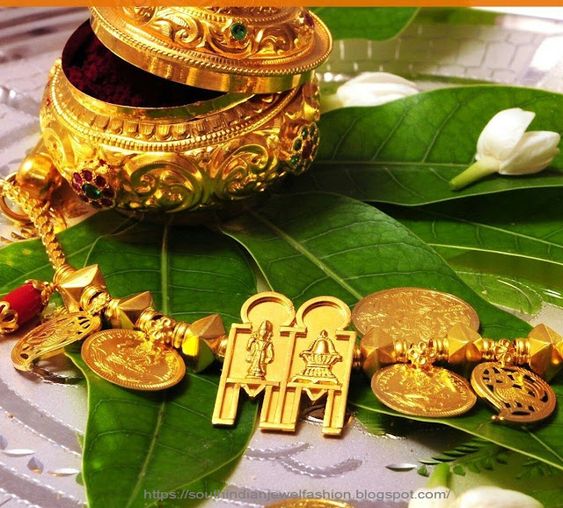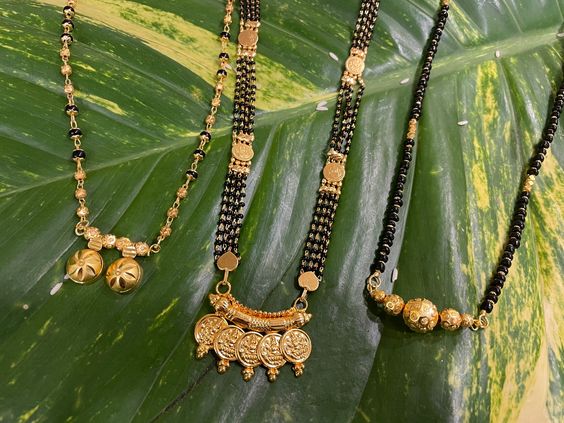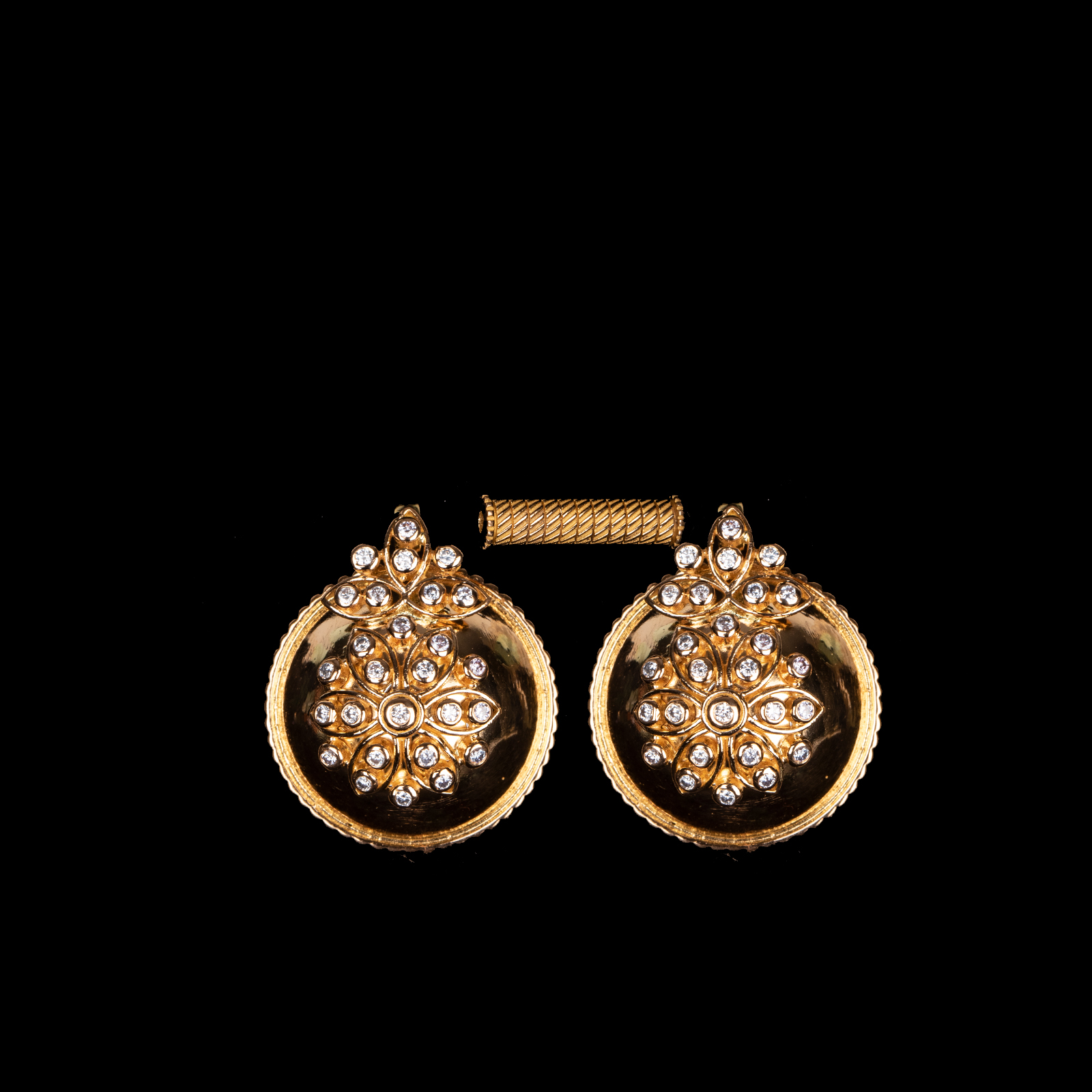
The mangalsutra designs may have derived over the hundreds of year, but its divine significance continues to remain unchanged.The term ‘Mangalsutra’ is made up of two words ‘mangal’ and ‘sutra’. By the ‘mangal’ means auspicious and ‘sutra’ means thread.
At the time of wedding, the groom ties the mangalsutra to the bride’s neck as significance that their relationship would be as promising as the mangalsutra (the auspicious thread). Therefore mangalsutra is also a symbol of married women.
It symbolises that they will be with each other for life until death separates them. A mangalsutra is a symbol of marriage and the wife is meant to wear it all her life indicating the love and commitment the wife and husband have towards each other.
It is believed that the black beads of a mangalsutra are blessed with spiritual powers to protect their marriage Life. It is also believed that the wife wears a gold mangalsutra to shield her husband from misfortune or bad luck. The golden pendant (Gold mangalsutra) represents the Supreme power.

It is believed that mangalsutra, which is one of the most essential aspects of the Hindu tradition, originated in South India and was adopted by the Northern states. In South India, the name and style of a mangalsutra change depending on the community and caste. It is usually called a Thaali or Thirumangalyam, and it has a long yellow thread and a gold pendant representing the Goddess Supreme. The North Indian version of a mangalsutra usually has a black beads chain and a gold pendant. The pendant is called the Tanmaniya and it comes in a variety of designs. North Indian weddings usually have a separate ceremony for tying the sacred thread around the bride’s neck.

Kalasha Jewellery : K-DNK-0947
This mangalsutra pendant is beautifully designed with studded fine-cut diamonds, which gives it a modern touch without losing our rich cultural significance.
